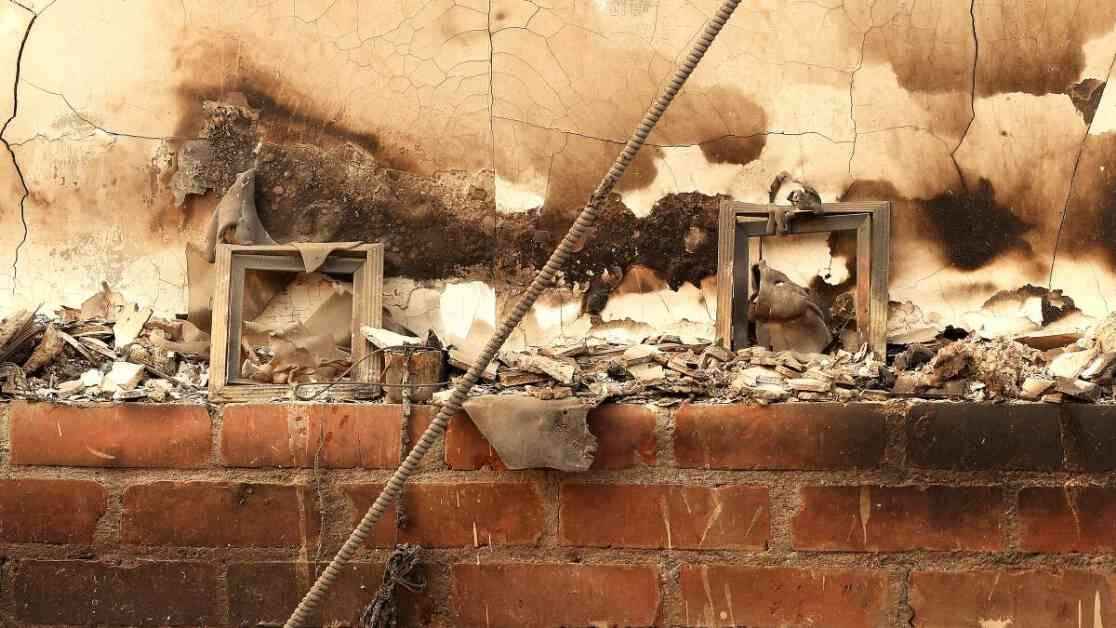It’s been five months since the tragic Altadena fire, and the big question on everyone’s mind is: How did officials mess up the evacuation alerts so badly? Almost all of the 18 fire-related deaths occurred in west Altadena, where residents were left in the dark about the approaching danger. So, what went wrong that night? Well, there are two main theories floating around. One possibility is that there was some kind of human error in the chain of command responsible for issuing evacuations. The other theory suggests a technical glitch might have been the culprit in sending out the alerts late.
Investigations were launched after the mishap was exposed by The Times in mid-January. However, the details of what exactly went down that night are still unclear. County officials have been tight-lipped, dodging questions and delaying responses to public records requests, blaming the ongoing inquiry. But it seems like the most likely cause of the delay in alerts was human error. U.S. Rep. Robert Garcia hinted at this when he mentioned that human error seemed to be the reason behind the delayed alerts in west Altadena. The lack of communication among county fire, sheriff, and emergency management officials appears to be a major factor in this debacle.
Supervisor Kathryn Barger, who represents Altadena, has criticized the delays but admits she’s not entirely sure what went wrong. She suspects there was a breakdown in communication among the agencies responsible for issuing evacuation alerts. The chief executive of Genasys, the company providing emergency alert software to the county’s Office of Emergency Management, also indicated that the delayed alerts were not a result of a technological error. As the investigation progresses, there’s been some speculation about which agency or individual might be at fault for the delayed alerts.
The situation on the ground that night was chaotic, with firefighters from various departments scrambling to contain the fast-spreading fire. The fire departments from Pasadena, L.A. County, and the Angeles National Forest worked together to tackle the blaze, but there was a crucial period from midnight to 3 a.m. when no electronic evacuation alerts were sent out. This lapse in communication could have been the result of a gap between deputies on the ground and central commanders, leading to confusion about the urgency of the situation.
Despite the ongoing investigation, residents are left feeling betrayed and skeptical of official responses. Marisol Espino, a lifelong west Altadena resident who lost her family’s home in the fire, expressed her lack of faith in any meaningful outcomes from the probe. The delay in providing answers has only deepened the mistrust among residents, especially in a community that has historically been overlooked. The failure to issue timely evacuation alerts has highlighted existing disparities in emergency response and raised concerns about future evacuation efforts.
As the investigation drags on, residents like Espino are focused on rebuilding and preparing for future emergencies. The lack of transparency from officials has only reinforced the need for communities to take their safety into their own hands. The next update on the investigation isn’t expected until late July, leaving residents in limbo about what really went wrong that fateful night. Despite the frustration and doubts surrounding the investigation, officials emphasize the need for a thorough review to prevent similar failures in the future.














